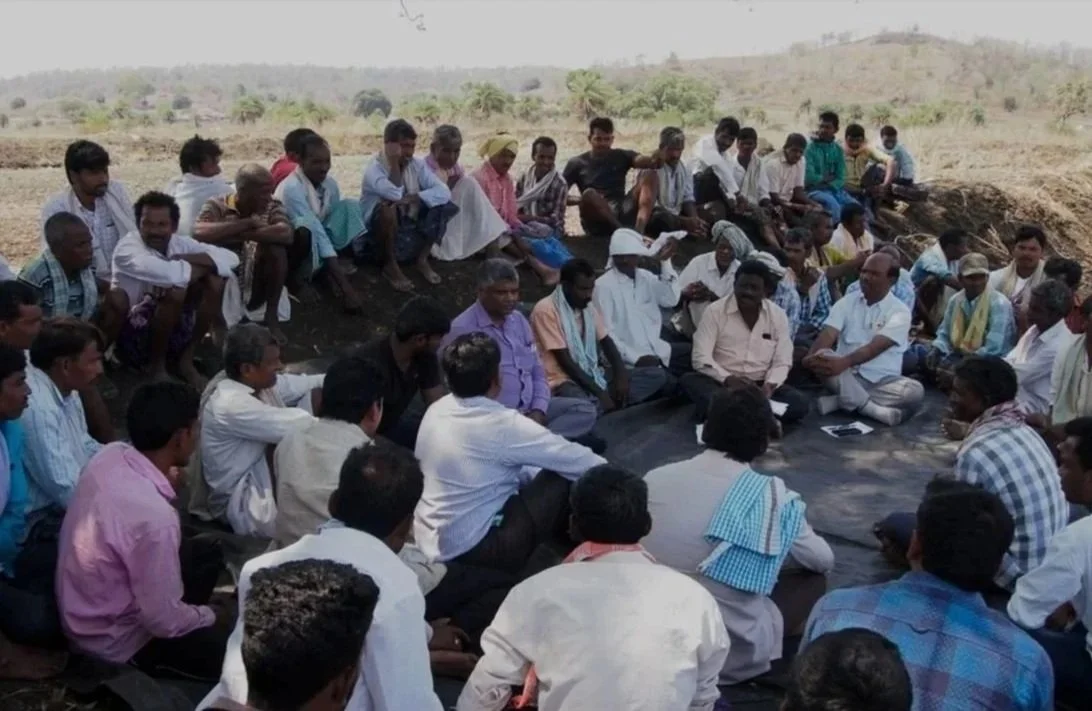To protect Tigers & their ecosystem ensuring the survival of thousands of species including humans that depend on this ecosystem.
At the Hyderabad Tiger Conservation Society, we are committed to preserving tiger populations and their habitats in Telangana & Andhra Pradesh. We work to enhance green cover and reduce human-wildlife conflicts through habitat restoration, community-led agroforestry and sustainable livelihood programs. Our collaborative efforts with local communities and the forest department focus on ecological balance, wildlife protection, and empowering frontline staff to safeguard the Tiger Reserves and its surrounding landscapes in Telangana & Andhra Pradesh. Our commitment to community welfare also extends to sanitation and infrastructure. We are actively involved in the construction of 120 toilets in Gundala under the Swachh Bharat Mission, improving public health and hygiene. In collaboration with the forest department, we have contributed to making the Peddaiah temple area a plastic- and alcohol-free zone, a move that not only benefits the environment but also fosters a cleaner, healthier community.
Our Mission
Hyticos does scientific environment assessments, advocating objective policy changes and collaborating with groups of diverse expertise to save Tigers. We believe in fair policy implementations which benefit tribals and ensures collaborative approach towards conservation of wildlife. Hyticos promotes capacity building and morale boosting programmes for front line forest staff, it firmly believes they are true custodians of the forest.
Our Work
-

Wildlife Monitoring
Conducting threat assessments and snare removal surveys.
Tiger Monitoring.
Large-scale occupancy surveys.
Prey Monitoring.
Mapping corridors.
Bird Walks and Biodiversity Documentation Checklist.
-

Community Welfare
Spreading awareness through various educational events within the community.
Sharing And Consolidating Knowledge With Our Community Partners.
Improving public health and hygiene under the Swachh Bharat Mission.
Engaging with colleges via lectures, workshops & interactive discussions on forest conservation and social development.
-

Livelihood
Reduce local dependency on natural resources.
Creating alternative income sources to enhance the well-being of families & communities.
Skill development and sustainable farming practices
Implementing vermicomposting units in local farming communities.
-

Project Research
Tiger and Prey Monitoring. Monitoring tigers in human-dominated places.
Conducting large-scale occupancy surveys & Roadkill surveys.
Asian Waterfall Count Surveys.
Bird Walks & Biodiversity Documentation and Checklist.
Socio-economic and perception surveys.
Collaborative Blogs
Highlights 2024
(January - August)











